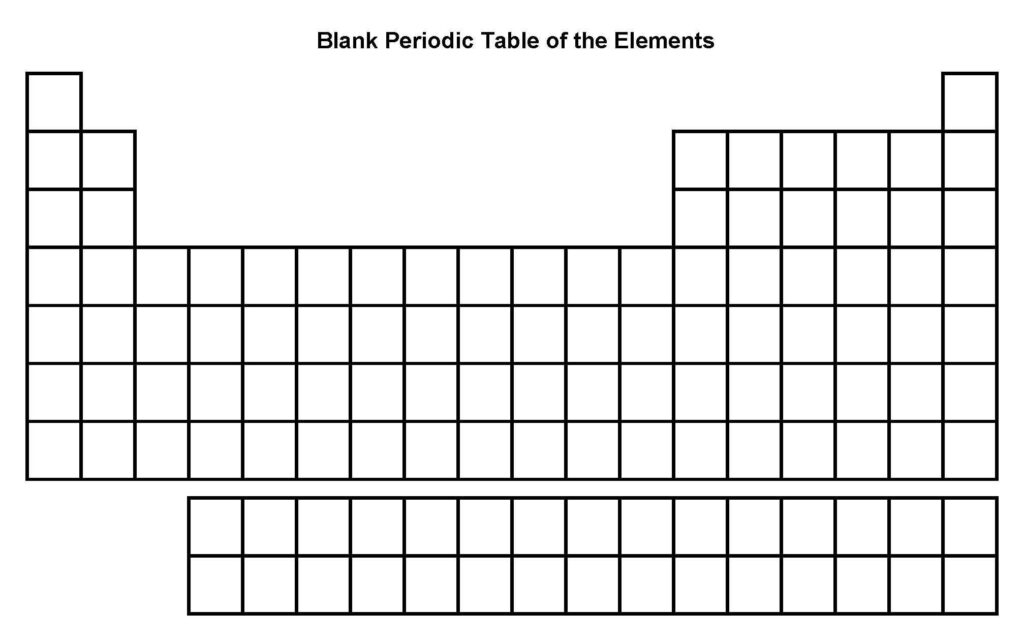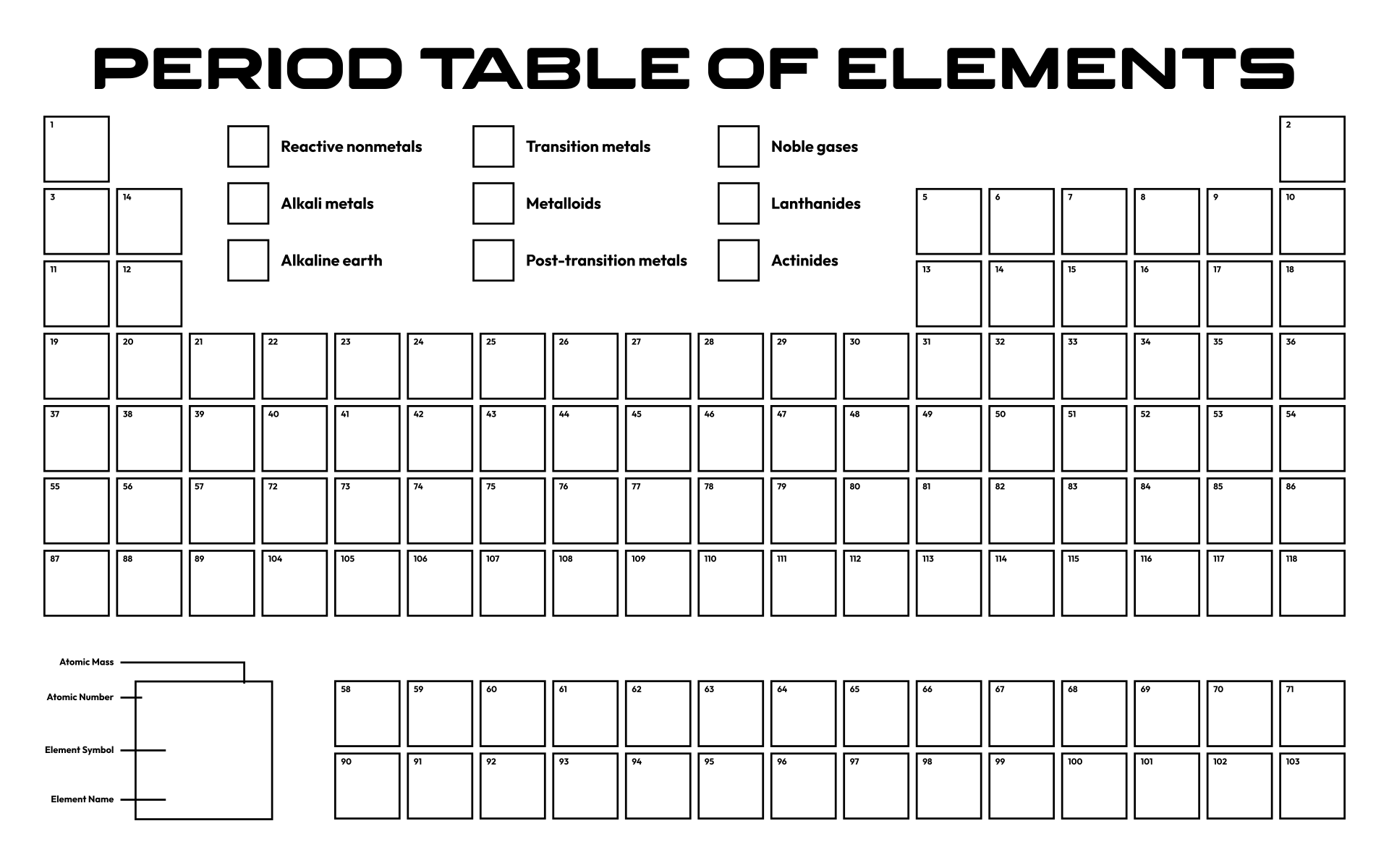Are you looking for a reliable and versatile tool to organize your data effectively? Look no further than the Blank Element Table. In this article, we will explore the various types of Blank Element Tables, why they are essential, how to download and save them, and why they matter in today’s digital age.
Why Use Blank Element Table
The Blank Element Table is a powerful tool that allows you to organize information in a structured and easy-to-understand format. Whether you are a student, researcher, or professional, having a Blank Element Table at your disposal can help you streamline your data and make it more accessible.
With its grid-like structure, the Blank Element Table provides a visual representation of data, making it easier to identify patterns, trends, and relationships. This visual aspect can be particularly useful when working with large datasets or complex information.
One of the key advantages of the Blank Element Table is its flexibility and customization options. You can easily customize the table to suit your specific needs, whether you need to add or remove columns, change the formatting, or apply filters to your data.
All Types of Blank Element Table
The basic Blank Element Table consists of rows and columns, with each cell containing a piece of data. This simple yet effective format is ideal for organizing straightforward information and is commonly used in a variety of fields.
An interactive Blank Element Table allows users to interact with the data, such as sorting, filtering, and searching. This dynamic functionality makes it easier to analyze and manipulate information, leading to more informed decision-making.
A responsive Blank Element Table is designed to adapt to different screen sizes, making it ideal for use on mobile devices or tablets. This ensures that the table remains readable and user-friendly, regardless of the device being used.
How to Download and Save Blank Element Table
To download a Blank Element Table, simply right-click on the table and select the “Save As” option. Choose a location on your computer to save the file, and select the desired format (e.g., CSV, Excel, PDF) before clicking “Save.”
To save a Blank Element Table within a document or presentation, copy the table from the source and paste it into the desired location. You can then customize the table as needed, such as adjusting the column widths, adding headers, or applying formatting styles.
Conclusion
In conclusion, the Blank Element Table is a versatile and essential tool for organizing and presenting data effectively. Whether you need to create a basic table for simple information or an interactive table for complex datasets, the Blank Element Table has you covered. By understanding the different types of Blank Element Tables, how to download and save them, you can enhance your data management and analysis capabilities. Embrace the power of the Blank Element Table and take your data organization to the next level.
Overall, the Blank Element Table is a valuable asset for students, professionals, and researchers alike. Its ability to streamline data, provide visual representation, and offer customization options make it a must-have tool in today’s digital landscape. Stay ahead of the curve by incorporating Blank Element Tables into your workflow and experience the benefits firsthand.


